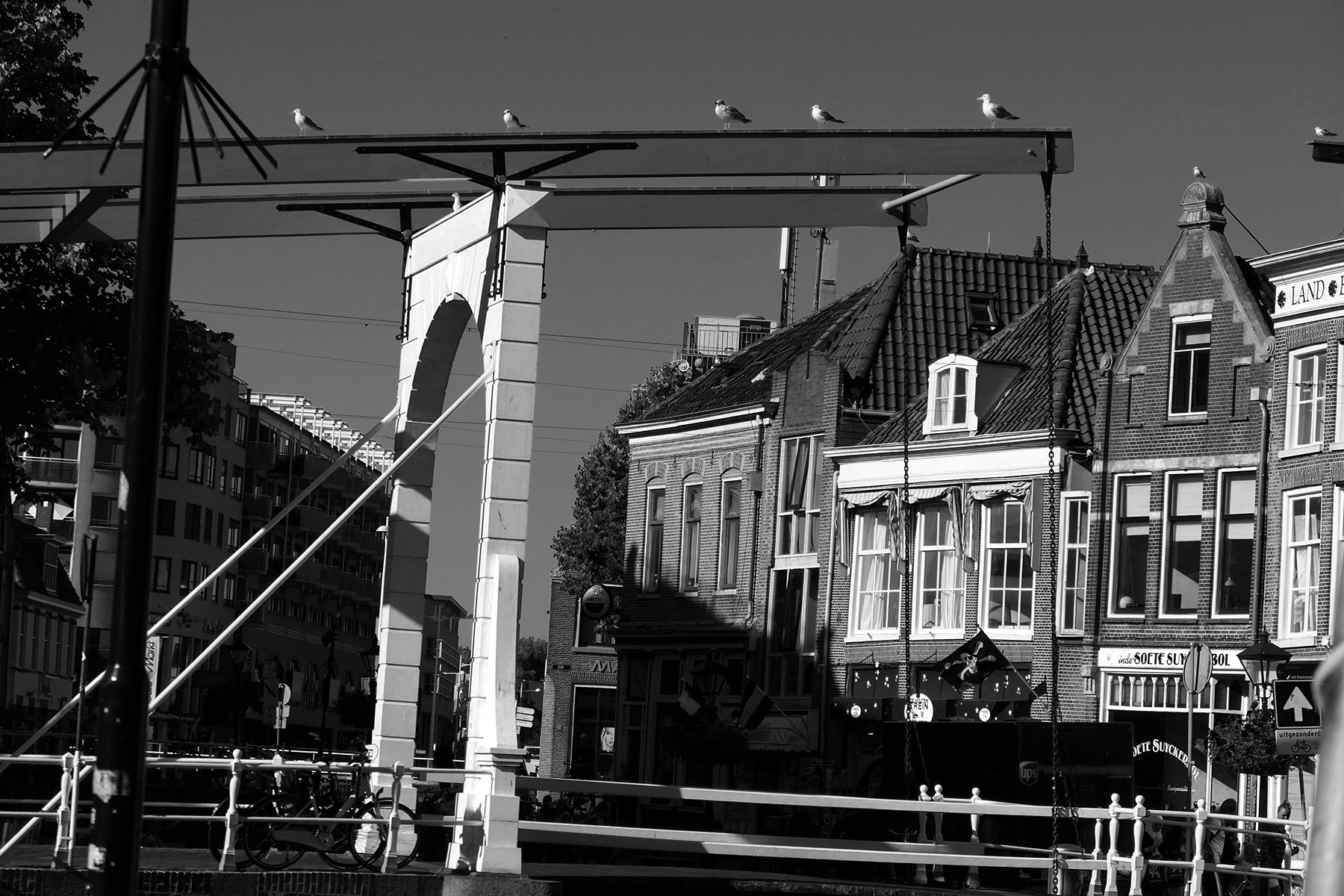You surely know those days when everything, even the most innocuous bit, takes on a dark halo, a portent, a trigger for irrational thinking. I am in the middle of one of those days as I write this – hopefully behind me tomorrow when you read this.

Most of the Pentagon leadership fired? Must mean war in the offing, or a coup where the military sides with the ones clinging to power. You get the idea – thoughts so far out of the ordinary that one would laugh at them during normal times, would scold me for even uttering them, and yet here they take on a realistic sheen in my already anxious universe.

Time to look for role models who have survived far worse and risen to live meaningful lives, using art for resistance. None more fitting than Lin Jaldati, an extraordinary Dutch woman who survived Auschwitz when betrayed after years of living in hiding in Amsterdam.

I learned about her in a project researched, written up and at times performed by historian David Shneer, z”l.
Shneer who died a few days ago at age 48 of a brain tumor, held the Louis P. Singer Endowed Chair in Jewish History at the University of Colorado. He was an outstanding intellectual pursuing the history of Yiddish culture, but also a lively performer – some of the videos in the link below (Art is my Weapon) show him together with colleagues, in particular Jewlia Eisenberg, performing music and bringing the history of Jewish resistance to life.

The project is called Art is my Weapon – the radical musical life of Lin Jaldati, and tells the story of the Dutch, communist, Jewish cabaret actress who immigrated to East Germany after liberation from Auschwitz to become a famous singer and political player keeping up the memory of the Holocaust until her death in 1988. I familiarized myself with her on the basis of the incredibly poignant title of Shneer’s biography of the artist: Trümmerfrau der Seele. (Woman who clears the soul from rubble.)


Trümmerfrauen were the women who cleared the rubble, the debris, the ruins of the bombed-out buildings of post-war German cities. To envision that act done to the soul, finding pathways to and clearing away the destruction wrought by persecution or trauma, in her case opening space for the memory of a culture that was not destroyed after all, is for me an image that holds incredible power. Humans can withstand and overcome catastrophe, picking up the pieces, refusing to be forced into oblivion. A timely reminder.

Below are a few samplings of her music. One of the most famous songs, from Yiddishe Lieder, published in 1981, is In Kamf (In Struggle.) I have attached the translation of the lyrics. The song is about justice and persecution in a political domain not just reserved for Jews.


Mir vern gehast un getribn, Mir vern geplogt un farfolgt; Un alts nor derfar vayl mir libn Dos oreme shmaktnde folk.
Mir vern dershosn, gehangen, Men roybt undz dos lebn un rekht; Derfar vayl emes farlangen Un frayhayt far oreme knekht.
Ober undz vet nit dershrekn Gefenkenish un tiranay, Mir muzn di mentshhayt dervekn Un makhn zi gliklekh un fray.
Shmidt undz in ayzerne keytn, Vi blutike khayes undz rayst; Ir kent undzer kerper nor teytn Nor keyn mol undzer heylikn gayst.
Ir kent undz dermordn, tiranen, naye kemfer vet brengen di tsayt; Un mir kemfn, mir kemfn biz vanen Di gantse velt vet vern bafrayt.
Here is the translation
We are hated and ostracised, we are tormented and persecuted and all just because we love the poor people pining away.
We are shot, hanged, you rob us of our life, our rights so because we want truth and freedom for poor slaves
Hated & hunted & driven, turned out & chased from your doors & only because we have given our love to the weak & the poor
We perish by lash & by fire your prisons & armies we fill our bodies alone may expire our spirits you never can kill
You tyrants may murder or beat us new fighters will rise in our place& we’ll fight & you’ll never defeat us we fight for the whole human race
but you will never frighten us prison and tyranny we must wake humanity and make them happy and free and make them happy and free.

And for those particularly interested in how Yiddish fits into teaching about the Holocaust, here is an informative link.
Photographs are from Holland where Lin Jaldati was born.







Philip Bowser
This post could not have arrived at a better time. My darkest days have arrived, and here you come to lift my spirits! Reading your first two paragraphs, I’m thinking “that’s it, exactly!”
Then comes the history, the poetry, the music, the photographs-so much healing in a small space. I hope this receives wide distribution.
I’m wanting to put many more exclamation points into this comment, but…
Once again, thank you, and בראַוואָ! (Using the internet to translate, hoping this is correct!)
Sara Lee
Wonderful photos of a handsome city, and R.I.P. David Shneer….
Carl
Thank you. I did not know her story.